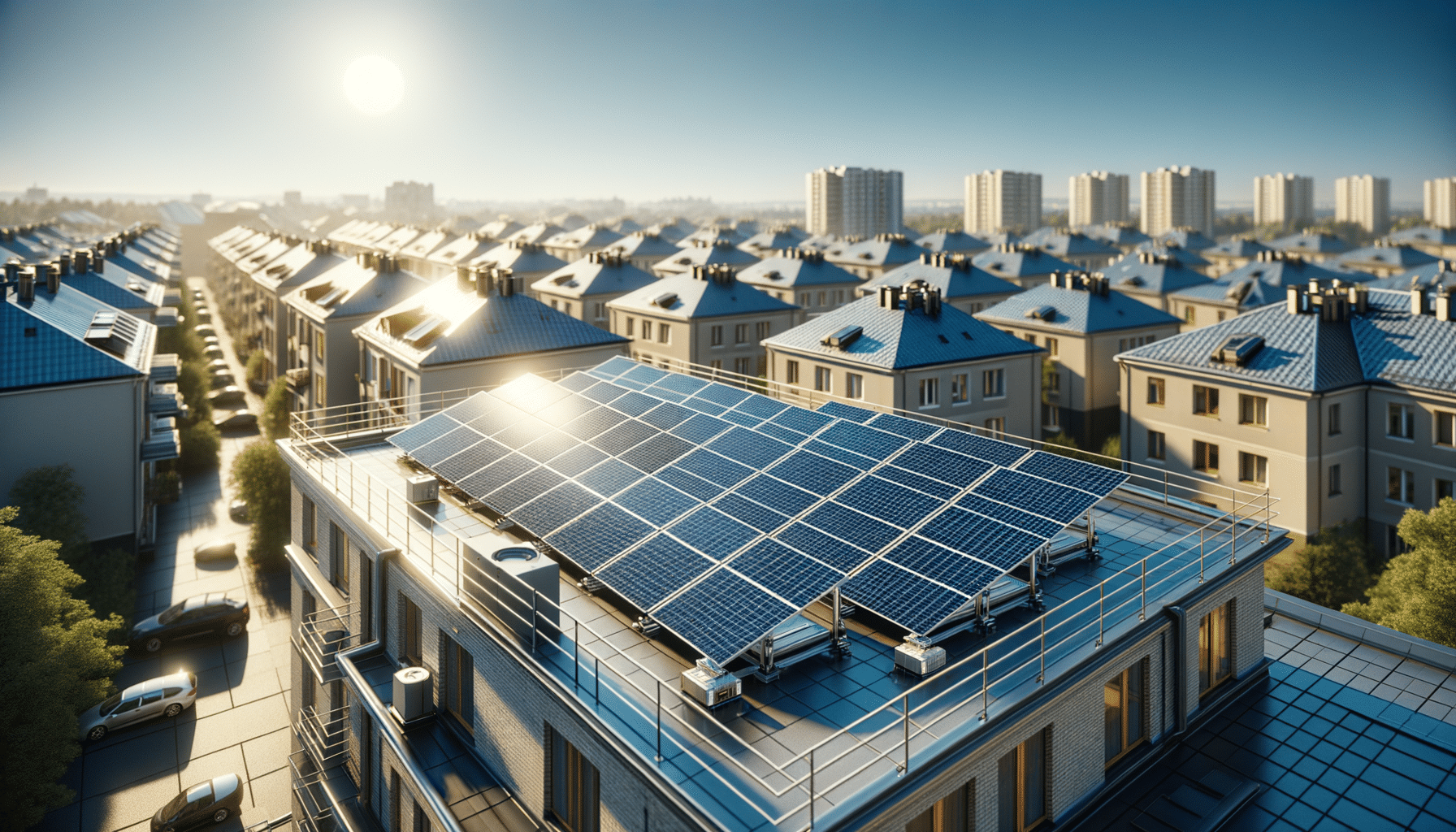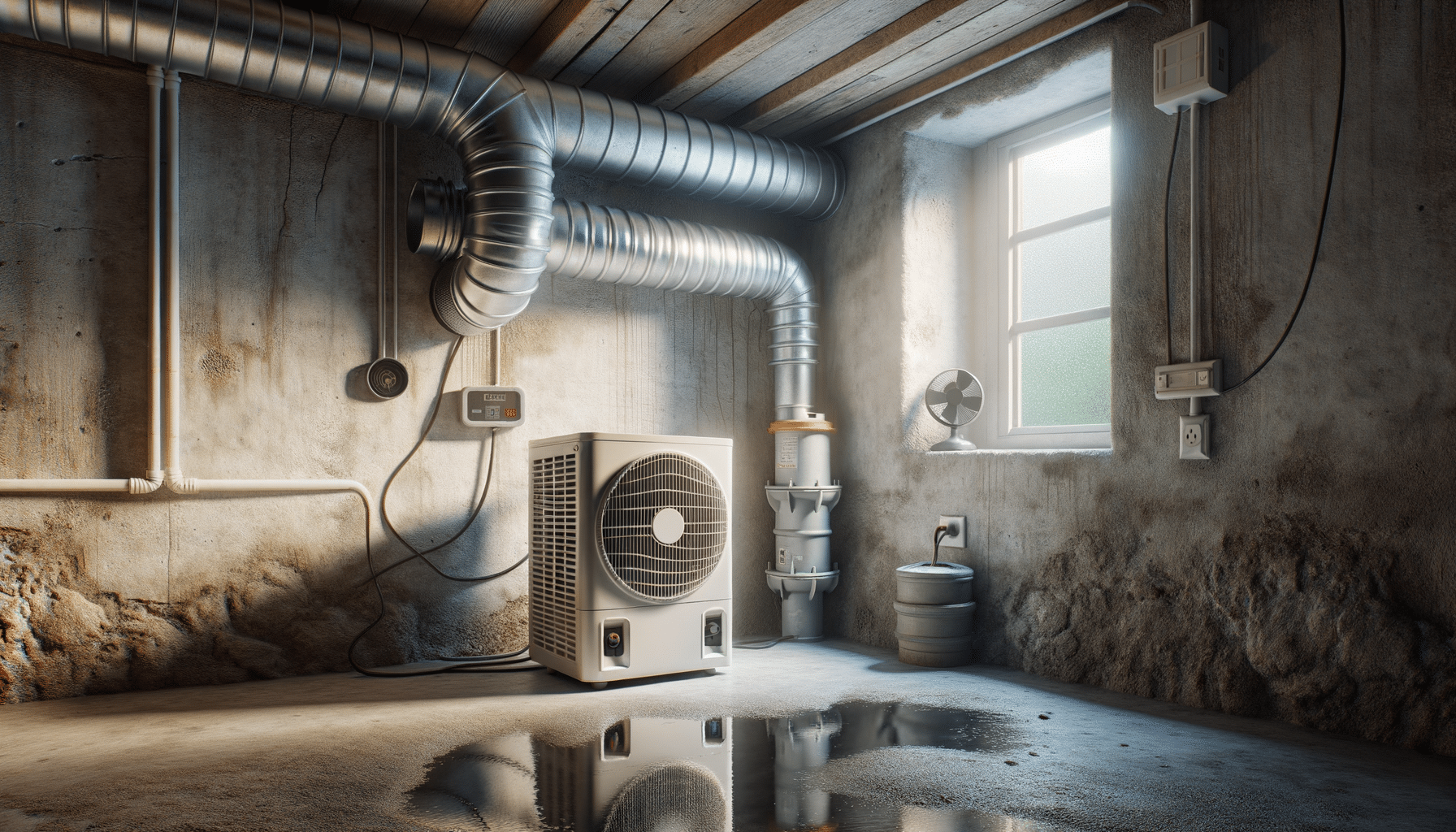
how to install solar power
Introduction to Solar Power Installation
Installing solar power systems has become an increasingly popular choice for homeowners and businesses aiming to reduce their carbon footprint and energy costs. Solar energy is a renewable resource, meaning it is both sustainable and environmentally friendly. By harnessing the power of the sun, individuals can generate electricity, decrease reliance on fossil fuels, and contribute to a cleaner planet. This guide will walk you through the essential steps involved in installing a solar power system, ensuring you have the knowledge needed to embark on this transformative journey.
Understanding Solar Power Basics
Before diving into the installation process, it’s crucial to understand the fundamental components of a solar power system. A typical system includes solar panels, an inverter, a mounting system, and a battery storage unit. Solar panels are responsible for capturing sunlight and converting it into direct current (DC) electricity. The inverter then transforms this DC electricity into alternating current (AC), which is usable by most home appliances.
It’s important to note that the efficiency of your solar power system depends on several factors, such as the quality of the panels, the inverter’s capacity, and the storage system’s effectiveness. When considering installation, researching different brands and models can offer insight into which products are highly rated and well-regarded within the industry. Additionally, understanding your energy needs will help you determine the appropriate system size.
- Solar Panels: Capture sunlight and convert it into electricity.
- Inverter: Converts DC electricity to AC electricity.
- Mounting System: Secures panels to the rooftop or ground.
- Battery Storage: Stores excess energy for later use.
By grasping these basics, you’ll be better prepared to make informed decisions throughout the installation process.
Choosing the Right Location
Location plays a critical role in the efficiency of solar power systems. Ideally, solar panels should be installed in areas that receive maximum sunlight exposure throughout the day. This typically means positioning them on a south-facing roof or an open area with minimal shading from trees or buildings. Conducting a thorough site assessment can help identify the optimal placement for your panels.
It’s also essential to consider local climate conditions. While solar panels are designed to withstand various weather patterns, consistent exposure to sunlight is necessary for optimal performance. In regions with frequent cloud cover or heavy snowfall, additional considerations may be needed, such as installing a system with a higher capacity to compensate for reduced sunlight.
In addition to assessing sunlight exposure, legal and regulatory factors must be considered. Some areas have zoning laws or homeowner association rules that might affect solar panel installation. Researching and adhering to these regulations will ensure a smooth installation process without legal complications.
Installation Process and Considerations
The installation process for solar power systems involves several key steps. First, a structural assessment of the property is necessary to ensure that the roof or ground can support the weight of the panels and mounting system. Once this is confirmed, the mounting system is installed, followed by the solar panels themselves.
Connecting the panels to the inverter and battery storage system is the next step. This task often requires the expertise of a licensed electrician, as it involves complex electrical work. Ensuring that all components are properly connected and functioning is crucial for the system’s efficiency and safety.
- Conduct a structural assessment.
- Install the mounting system.
- Secure solar panels in place.
- Connect to the inverter and battery storage.
During installation, it’s important to consider future maintenance needs. Regular cleaning and inspection can help maintain the system’s performance over time. Additionally, understanding warranty terms and service agreements with your installer can provide peace of mind and support if issues arise.
Conclusion: Embracing Renewable Energy
Installing a solar power system is a significant investment, both financially and environmentally. By understanding the installation process, choosing the right location, and considering relevant factors, you can optimize your system’s performance and enjoy the numerous benefits of renewable energy. Solar power not only reduces electricity bills but also contributes to a healthier planet by decreasing reliance on non-renewable energy sources.
As you embark on this journey, remember that each step is an opportunity to make informed choices that align with your energy needs and sustainability goals. With the growing popularity and technological advancements in solar energy, now is an excellent time to embrace this clean and renewable power source.


